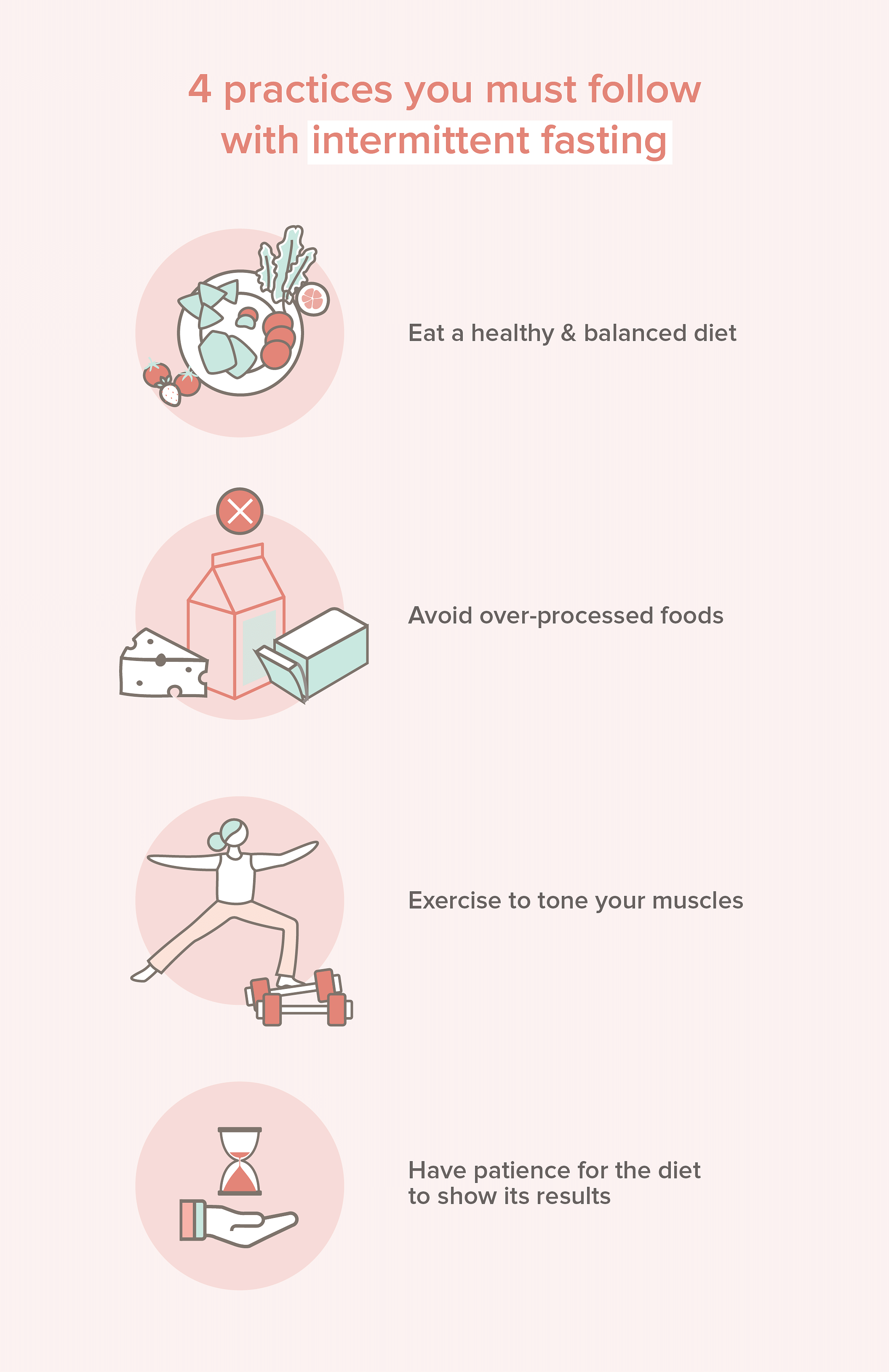After heavy binging over December and January due to Christmas & New Year, I get many clients who approach me with the need to get back into shape. Overall, intermittent fasting is a tool that works for most people but not all, so it is crucial to learn what it could do to your body. Intermittent fasting is the practice of timing the intake of your food for a diet. You are allowed to eat for a certain duration of time in a day while you fast (or stay without food) for the rest. It is best described as an eating pattern to limit the intake of excess food.
Before you look into following intermittent fasting as a diet, it is very important to consult a dietitian and your physician beforehand. Certain people who have underlying health issues such as high cholesterol and fluctuating blood pressure cannot follow this diet as it could be harmful for their bodily functions. However, there are safe ways one can follow this diet if your physician allows it.
Here are 5 different ways in which one can follow intermittent fasting:
- 16/8 method
The 16/8 method involves fasting every day for 16 hours and restricting your daily eating period to 8 hours. Within the eating window, you can fit in three or more small meals. Following this method of intermittent fasting can be as simple as not eating anything after your dinner and skipping breakfast the next morning. For example, if you finish the last meal of the day at 8 p.m. and don’t eat until noon the next day, you’ve already been fasting for 16 hours.
- The 5:2 method
The 5:2 method of intermittent fasting involves eating what you would regularly eat for 5 days of the week and restricting your calorie intake to 500–600 calories for the remaining 2 days of the week. On the fasting days, it’s recommended that women eat 500 calories and men eat 600. For example, you might eat normally every day of the week except Mondays and Thursdays. For those 2 days, you eat 2 small meals of 250 calories each for women and 300 calories each for men.
- Eat Stop Eat method
Eat Stop Eat involves a 24-hour fast once or twice per week. Fasting from dinner one day to dinner the next day amounts to a full 24-hour fast. You can fast from breakfast to breakfast or lunch to lunch as well. No solid food can be eaten but water or zero-calorie drinks work to help you with any hunger.
A full 24-hour fast may be difficult for those who will be following this type of intermittent fasting for the first time, so you can start with a 14–16 hour fast initially and then move upward.
- The Alternate-Day method
In alternate-day fasting, you fast every alternate day. A full fast every alternate day can be rather extreme, so it’s not recommended for beginners. This method of intermittent fasting will have you going to bed very hungry several times per week, which is not pleasant and probably unsustainable in the long term.
- The Warrior Diet method
The Warrior Diet was popularized by fitness expert Ori Hofmekler and involves eating small amounts of raw fruits and vegetables during the day and eating one huge meal at night. You must fast all day and can feast with a large quantity of food at night within a 4-hour eating period. This diet’s food choices are quite similar to those of the paleo diet — mostly whole, unprocessed foods.

Our experts work round the clock to provide you with the answers that you are looking for. So, if you have any, leave it in the comment section below or send us a DM at @nuawoman. This is a safe space that we have built for you so do not hold back on any doubts you may have about your body and mind.
Read other articles by Preeti Chedda here.



